The Forager's Kitchen
Whether you live in a large city, in open countryside or by the coast, if you open your eyes and follow Fi’s advice, you will find more ingredients growing in the wild than you could imagine.
Eating ‘off the land’ means working with the seasons, bringing the tastes and scents of the countryside to your kitchen table, wherever you may live. In The Forager’s Kitchen, expert forager and cook Fiona Bird shares the knowledge she has gained from years of gathering food from the land. Whether you live in a large city, in open countryside or by the coast, if you open your eyes and follow Fi’s advice, you will find more ingredients growing in the wild than you could imagine. And once you have brought your bounty home, there are more than 100 recipes for you to try. If you love baking, try the carrot and clover cake, wild hazelnut shortbread, or sea lettuce madeleines. Make the most of a hedgerow glut by making honeysuckle jelly or quince and wild thyme sorbet. Or indulge your tastebuds with wild berry and herb marshmallows or a wild cherry panna cotta. The Forager’s Kitchen will change the way you cook—rather than shopping in the aisles of your grocery store, head off to the great outdoors and you will be amazed by the sheer quantity of food that’s available for free.
• Expert advice on how, when, and where to forage, from woodland to hedgerow, seashore to open fields.
• Contains plenty of ideas for the urban forager too.
• Over 100 easy recipes, from savory to sweet, to make the most of your foraged ingredients.
Salmon poached in Wild Honeysuckle | Honeysuckle syrup
Quinoa with Lovage-infused Chicken
Salmon poached in Wild Honeysuckle
Serves 4
What to forage and find:
* Lady’s handful of wild honeysuckle (4–5 blossoms)
* 4 salmon fillets, about 1 lb (450g)
* Water to cover the salmon
* 4 tablespoons Honeysuckle Syrup (see below)
* Juice of 1⁄2 small lime
* 4 borage flowers, washed and dried
* Salad leaves and lemon wedges, to serve
What to do:
1. Fill a wide, shallow saucepan with water (just enough to cover the salmon fillets.) Add the honeysuckle blossoms, and bring the water to a boil. When the water is “just” at the point of simmer, add the salmon fillets, cover with a lid, and remove the pan from the heat. The salmon will poach in the cooling water. It is important not to overcook salmon, or it will lose its taste.
2. Meanwhile, heat the honeysuckle syrup with the lime juice, and wait for the culinary magic—the syrup will go pink. Reduce the syrup by over half until it is thick and syrupy.
3. Remove the cooked salmon fillets from the poaching liquid with a fish spatula, and place them on a serving platter. Allow to cool and then thickly glaze the fillets with the honeysuckle syrup using a pastry brush. Decorate each salmon fillet with a few fresh borage flowers (or other edible flower) if desired. Serve with salad leaves and a lemon wedge.
Honeysuckle syrup
Makes 1 small bottle
What to forage and find:
* 2 large handfuls of honeysuckle (12–15 blossoms)
* Scant 11⁄2 cups (350ml) boiling water (50ml will evaporate or soak into the blossom)
* 1 cup (200g) superfine (caster) sugar
What to do:
1. Allow the honeysuckle blossom to steep in the water for as long as possible (at least 8 hours).
2. Strain the blossom liquid well, and squeeze the blossom to ensure that you have as much liquid as possible.
3. Put the blossom water into a saucepan, and add the sugar.
4. Dissolve the sugar over low heat, then boil rapidly to reduce and thicken the syrup to about ¾ cup (175ml).
Quinoa with Lovage-infused Chicken
Serves 3–4
What to forage and find:
* 7 oz (200g) young nettle leaves
* 9 oz (250g) chicken breast
* 3 lovage leaves
* 2–3 black peppercorns
* Scant 11⁄4 cups (200g) quinoa
* 4 teaspoons ground roasted coriander and cumin (see right)
* Large ripe avocado
* 1 teaspoon lemon juice
* 1 tablespoon oil
* Lemon wedges to garnish
What to do:
1. Blanch the nettle leaves in boiling water for 30 seconds, and refresh in cold water. Drain very well.
2. Put the chicken, peppercorns, and lovage in a saucepan, and cover with water. Bring the water to a boil, and simmer for 10–15 minutes until the chicken is cooked and the juices run clear when tested. Remove the chicken and reserve the stock. Discard the lovage and peppercorns.
3. Rinse the quinoa well, and pat dry. Put it into a skillet (frying pan) with a teaspoon of roasted coriander and cumin*; dry roast for 3–4 minutes, turning frequently until the quinoa is lightly browned.
4. Transfer the quinoa to a saucepan, and add enough reserved chicken stock to cover. Be careful, the quinoa retains heat after dry-roasting. Bring to a boil, and simmer for 10 minutes. Drain very well, and turn the quinoa into a bowl. Add the nettle leaves to the hot quinoa, stir gently, and leave to cool.
5. Slice the chicken breast thinly, and add to the quinoa and nettles. Roughly chop the avocado flesh, and add this with the remaining roasted spices, lemon juice, and oil to the quinoa, and gently toss everything together.
* Dry-roast cumin and coriander seeds in a skillet (frying pan) until golden and then grind in a pestle and mortar.


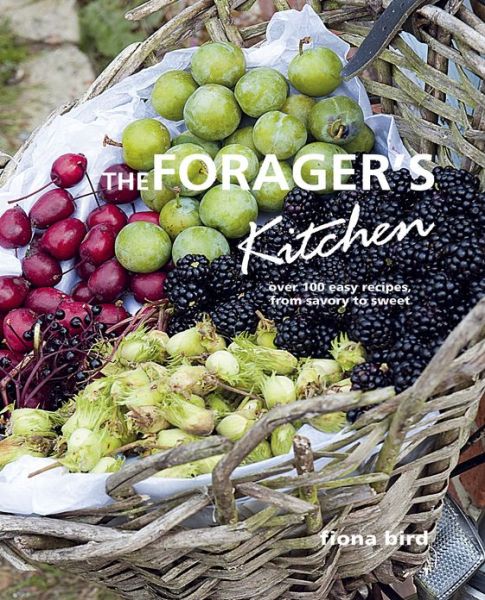


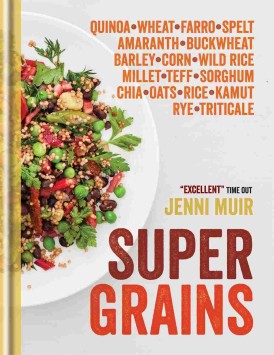
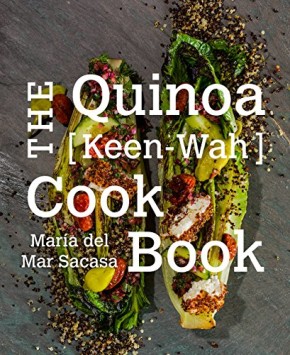

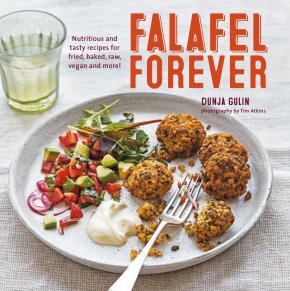
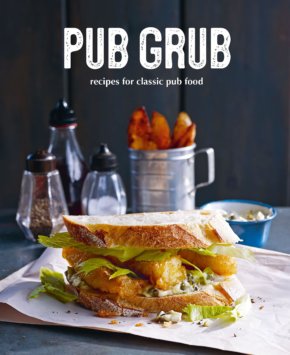
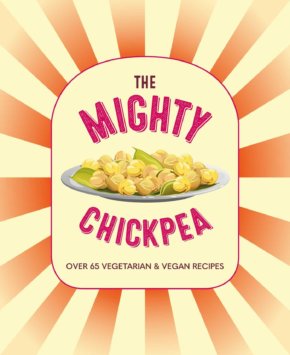
Leave a Reply